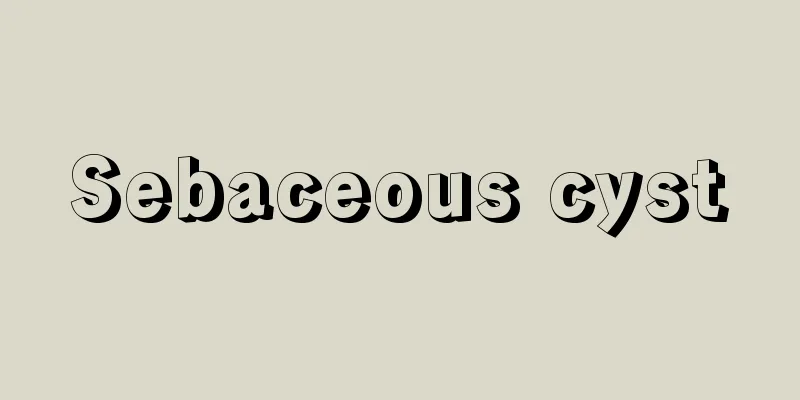What are the effects and contraindications of konjac

|
Currently, konjac food is very popular. Many people call it magic food. Konjac tastes good and has a fresh flavor. It is suitable for everyone to eat. Konjac is easy to cook and can be combined with many ingredients to make delicious dishes. Because konjac foods are low in calories, many people who want to lose weight particularly like to eat konjac. The efficacy of konjac 1. Detoxification and laxative Konjac is cold in nature and can promote blood circulation, remove blood stasis, detoxify and reduce swelling, and relax the intestines and promote bowel movements. The dietary fiber in konjac can promote gastrointestinal motility, remove fat accumulation in the intestines, excrete toxic substances from the body, moisturize the intestines and promote bowel movements, detoxify and cleanse the stomach. 2. Reduce blood lipids and blood sugar The glucomannan in konjac can prevent the body from digesting and absorbing cholesterol, thus playing a good role in lowering blood lipids; and the large amount of water-soluble fiber contained in konjac can absorb carbohydrates when entering the stomach and directly enter the small intestine, inhibiting the absorption of carbohydrates in the small intestine, effectively lowering postprandial blood sugar, thereby reducing the burden on the pancreas, and putting the sugar metabolism of diabetic patients in a virtuous cycle, keeping blood sugar levels within a certain range. 3. Anti-cancer and cancer prevention Konjac is known as the "anti-cancer magic coat". It contains a gel-like chemical substance that has magical powers to fight and prevent cancer. After entering the human body, this gel substance can form a translucent magic coat, adhere to the intestinal wall, block various harmful substances, and play an anti-cancer and cancer prevention role. 4. Freshness preservation and anti-bacteria Konjac contains a natural antibiotic. When konjac flour is combined with other raw materials, it can form an antibacterial film on the surface of food, preventing bacterial contamination, extending the storage time, and playing a role in preserving freshness and preventing bacteria. 5. Lowers Cholesterol Konjac glucomannan can effectively inhibit the small intestine's absorption of fat-decomposing substances such as cholesterol and bile acid, promote the excretion of fat, reduce the total amount of triglycerides and cholesterol in serum, prevent arteriosclerosis, and prevent and treat cardiovascular and cerebrovascular diseases. 6. Promote blood circulation and relieve pain Konjac has a warming effect, is pungent and warm in nature, and can promote blood circulation and prevent swelling. In ancient folk remedies, konjac was made into a material for insulating cloth to treat stomachaches and shoulder pains. Wrap the steamed konjac in a towel and place it on the affected area to relieve pain. Taboos on eating konjac Konjac is cold in nature, so people with typhoid fever, colds, diarrhea, abdominal pain, and gastrointestinal discomfort should not eat it in excess. Konjac is an allergenic food, so people with skin diseases such as rashes and itchy skin should eat less. Konjac is poisonous and cannot be eaten raw. It needs to be ground and cooked for more than 3 hours before it can be eaten. Konjac and taro are not the same thing . Because the whole plant of konjac is poisonous, especially the tuber, it cannot be eaten directly. It must first go through processing such as grinding, steaming, and rinsing to detoxify it. Its processed products can be purchased from supermarkets. |
<<: What are the effects of drinking leek seeds soaked in water on the body
>>: Can Niu Dali be soaked in water and drunk
Recommend
Three early symptoms of gastric cancer that young people should pay attention to
The early symptoms of gastric cancer are now also...
What disease can cause a person's memory to decline?
Human memory can be said to be very powerful. It ...
What are some good ways to get rid of acne?
In fact, the growth of acne is not caused by a si...
How much does uterine cancer surgery cost for an elderly person
The health of a woman’s uterus is very important ...
Can Epiphyllum be eaten
Speaking of Epiphyllum, many friends will think o...
How to treat stomatitis at home
Oral ulcers are relatively common. The causes of ...
How to judge the quality of bird's nest
Many people like to eat bird's nests, but few...
What medicine is good for detoxification
If the toxins in the body cannot be discharged in...
When do tangerines ripen
Nowadays, with the increasing development of high...
Ways to vent emotions
When facing bad emotions, we must pay attention t...
Effects of saturated sodium chloride solution
Sodium chloride is rarely heard of, and most peop...
What fruits are good for patients with advanced kidney cancer?
No matter what disease you are treating, it is ve...
How to dye nails with Impatiens?
Impatiens, also known as henna and henna, is a co...
How to treat breast cancer in the middle stage
The main treatment for patients with mid-stage br...
Is intestinal tuberculosis contagious? In what way?
Intestinal tuberculosis is a common tuberculosis ...









